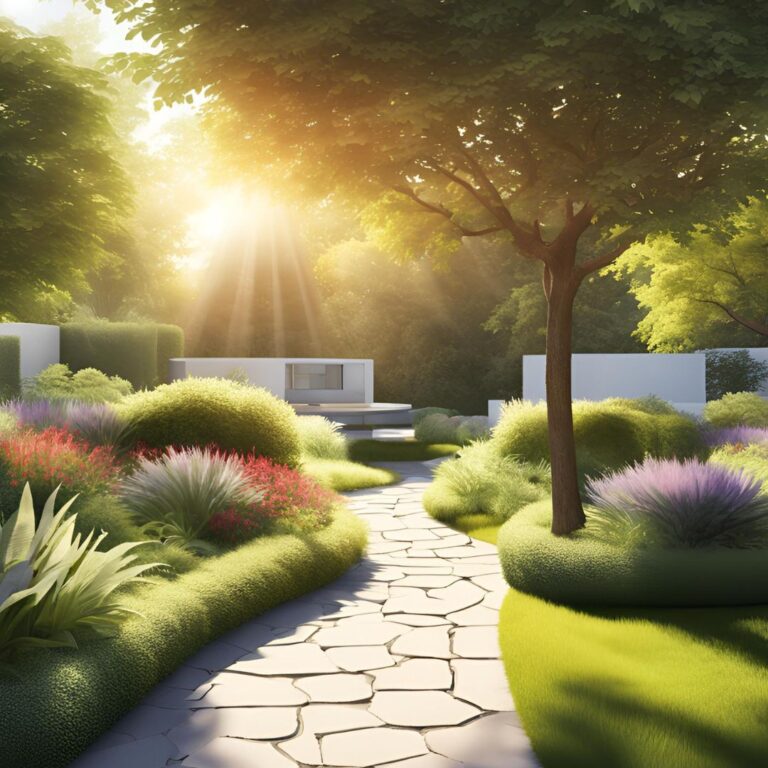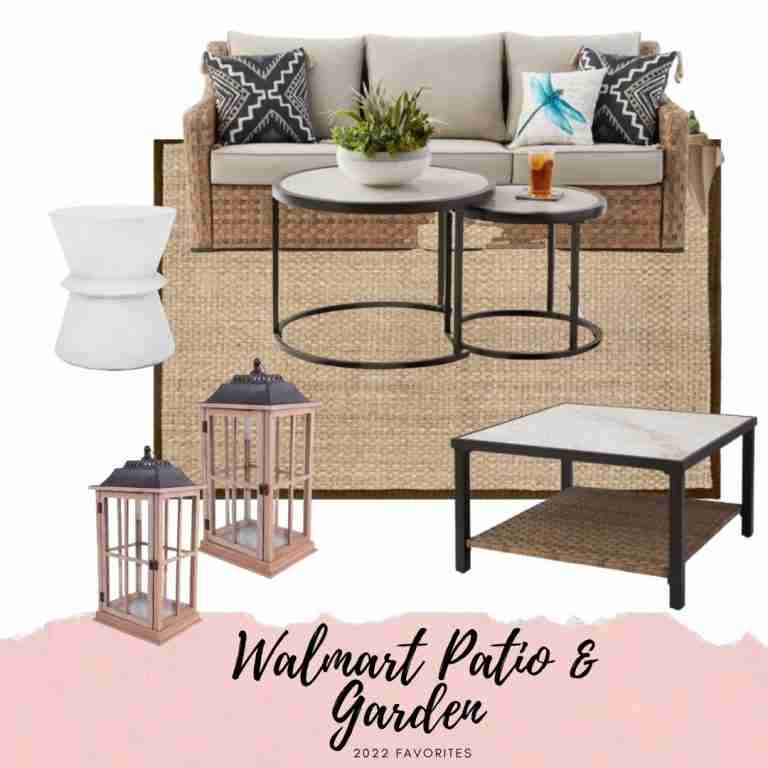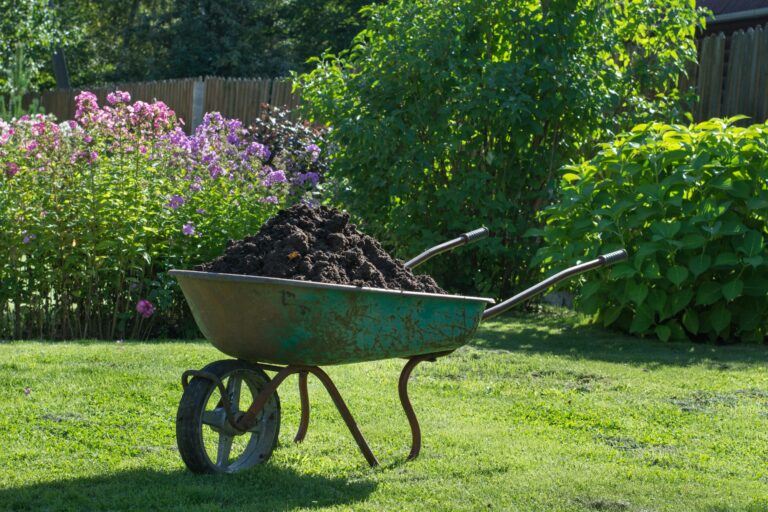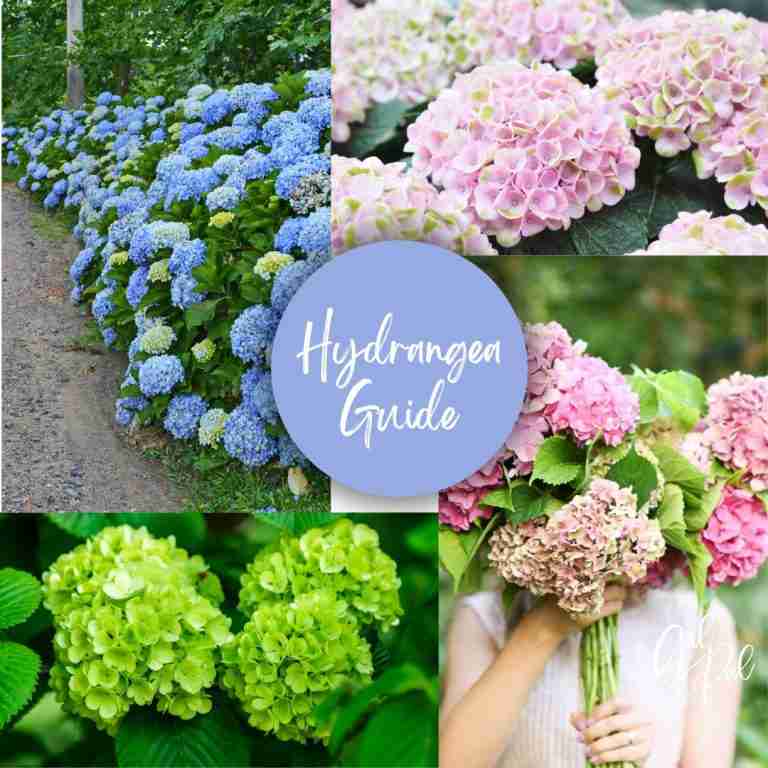20 popular types of boxwood shrubs for landscape design
Picture a landscape that exudes charm, with lush greenery that enchants the senses and adds a touch of timeless elegance. In my mind this magical landscape would include boxwoods.
Whether you are designing a backyard retreat or a sophisticated outdoor haven, boxwoods can transform your space into an oasis. Their evergreen foliage, compact size, and endless possibilities make them an absolute delight to plant.
Boxwoods In My Landscape Design
We planted an English boxwood hedge in front of our house in Seattle. These low-maintenance evergreen shrubs lined our brick pathway in the front of our house, providing an enchanting curb appeal. In front of the boxwoods, I planted various annuals to add color each Summer.
My landscape design on the edge of the golf course, included boxwood shrubs. These line of dwarf boxwoods have made a charming property line.
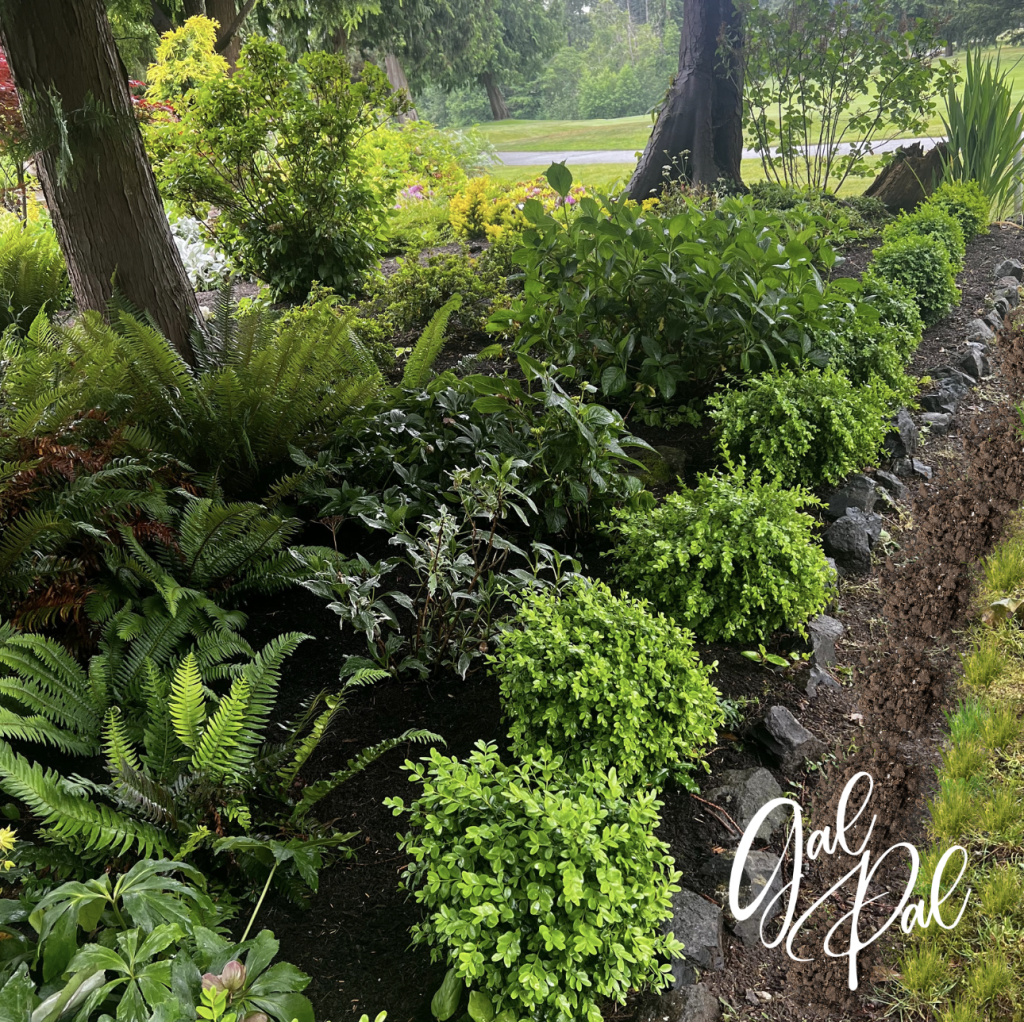
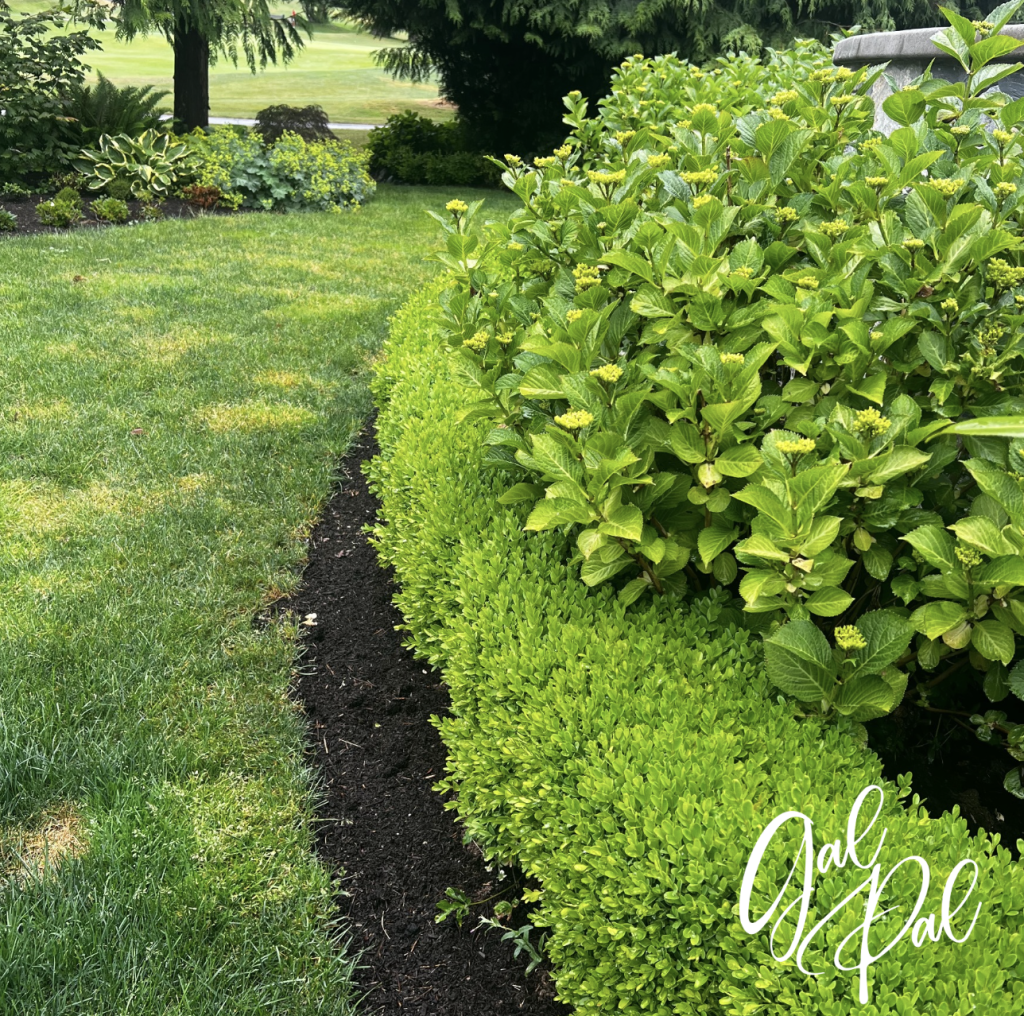
Boxwood Shrubs Make An Elegant Statement
One highlight of our hardscape design was a circular, raised stone patio. To complement this formal feature , I continued the boxwood theme in front of a vibrant collection of hydrangeas. The boxwoods and hydrangeas create an attractive contrast.
Every time I step out onto the patio and gaze at the carefully arranged boxwoods. The blooming hydrangeas are planted behind the boxwoods. Our landscape reflects our personal style and adds a touch of sophistication to our home. It’s incredible how a well-thought-out choice of plants can transform a space and make it truly our own.
Let’s Explore The Most Popular Boxwood Varieties
Join me on this journey as we explore the captivating world of boxwoods. Discover why they hold the key to creating a truly enchanting landscape. If you haven’t used boxwoods in your landscape plan perhaps you may reconsider after reading this post.
Many people use boxwoods to define their outdoor sanctuary space. Boxwood shrubs make ideal foundation plantings. This is because they have showy growth pattern and dense foliage.
A vibrant boxwood shrub can be grown alone, or with other plants, to beautify any area. For instance, boxwoods look great in pots and to define a any space.
These evergreen shrubs make the ideal backdrop for so many types of plants. In my garden, I have paired boxwoods with annuals and various hydrangeas (including vanilla strawberry hydrangea shrubs) teddy bear rhododendrons.
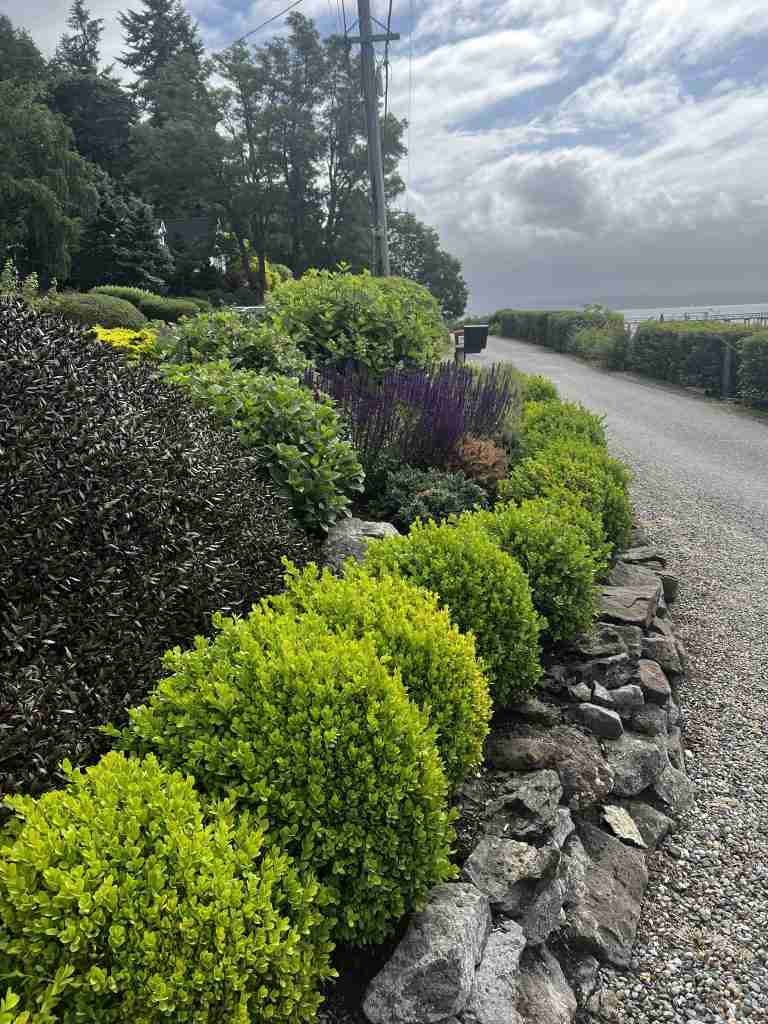
These lovely evergreen shrubs are ideal for landscape design due to several reasons:
20 Types Of Boxwoods Variations For Your Garden Design
Welcome to the enchanting world of boxwoods. These evergreen shrubs have long captured the hearts of garden enthusiasts, landscape architects, and green thumbs alike. With their elegant foliage, versatile nature, and rich historical significance, boxwoods have stood the test of time.
These adoring shrubs have earned a well-deserved place as the green gems of countless gardens around the world. Boxwoods are versatile and attractive shrubs that come in various shapes, leaf colors, and sizes.
Currently, there are over 200 types of Boxwoods with just over 140 of those available commercially. Many boxwoods look very similar and have various names. I hope this guide will help make it more clear.
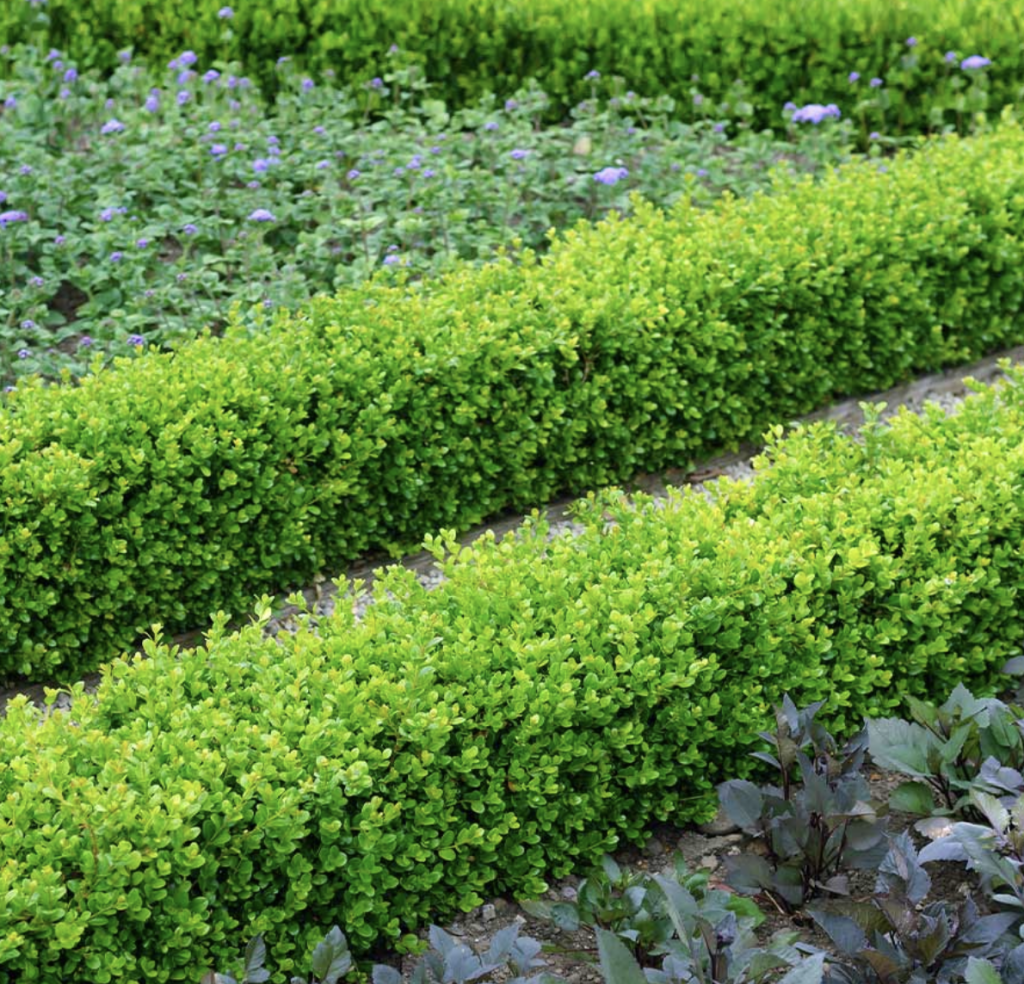
English Boxwood Common Boxwood Varieties
Here’s a breakdown of different boxwood varieties and their care requirements:
20 Most Popular Boxwood Shrubs In Landscape Design
- English Boxwood
English Boxwood is easy-to-grow plant with soft rounded form and lush foliage. It has an attractive loose, blousy shape that softens the landscape with easy appeal. I have seen a gorgeous landscape design with crushed oyster shell pathway lined with English boxwoods. A very elegant coastal look.
Unfortunately, the foliage of the English boxwood has an odor, which may be offensive to some. On the other hand, it’s the best boxwood for hedge.
This shrub is Ideal for spaces with morning sun, filtered light, or indirect light. Prized for dense, dark green leaves and compact growth habit.
These shrubs require consistent irrigation and a thick layer of organic mulch to protect shallow roots.Perfect for foundation beds, hedges, borders, and container planting.
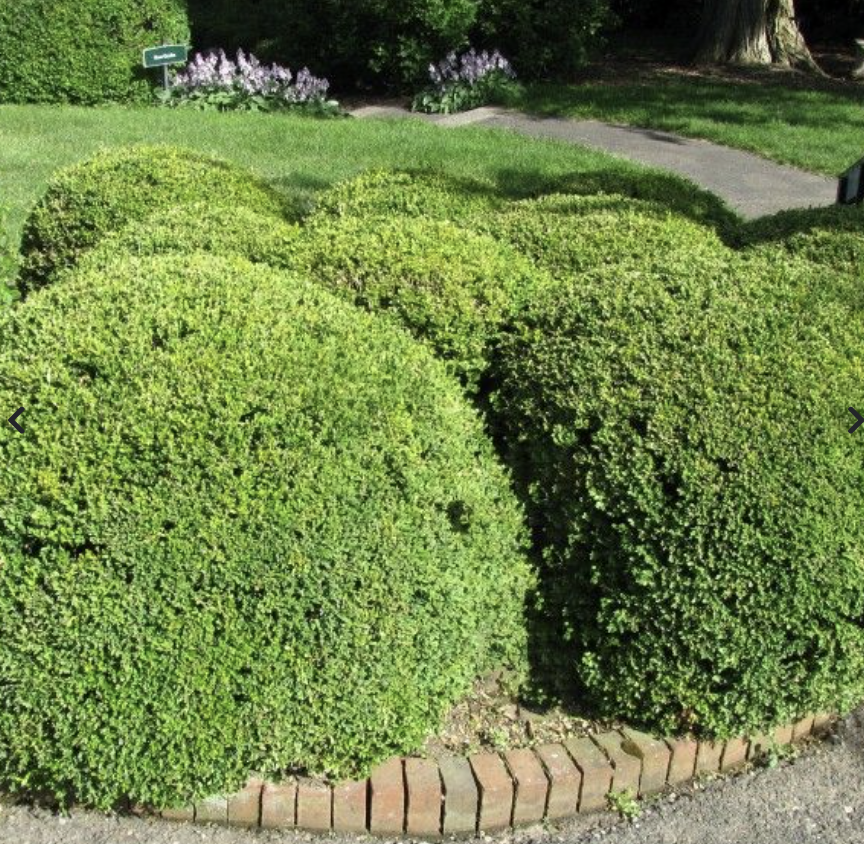
2. Korean Boxwood
Tolerates and thrives in full sun. Slow-growing and compact, with small rounded leaves. Responds well to pruning.
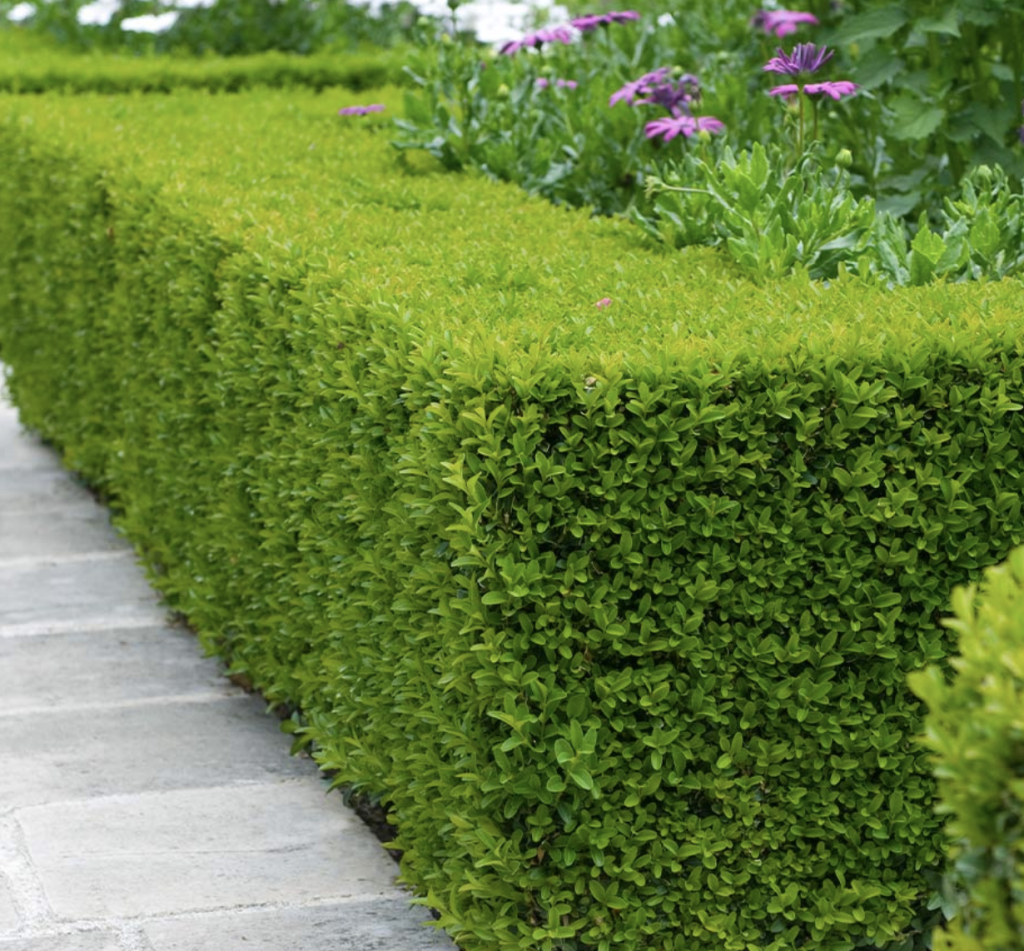
3. Buxus Microphylls ‘Wintergreen’
The “Winter Green” is a reliable Midlands variety, great for foundation beds with full sun exposure. It provides a nice addition to casual or formal landscape designs, and when grouped.
The Winter Gem is an ideal shrub for a formal garden. It takes to shearing and pruning well and can be a landscaping artist’s delight. It tolerates a wide range of sites and uses.
New foliage emerges a lime-green color and transitions to a deep, glossy green. The leaves turn a bronze color when exposed to direct winter sun, but it will quickly disappear in spring.

4. American Boxwood
American Boxwood is known as “common boxwood“. Classic and popular choice, with a long history in the South. Please note that the dark green leaves are more narrow than Korean varieties.
The American Boxwood thrives in part shade, preferring morning sun and protection from the afternoon heat. Requires drainage, consistent moisture, and specific fertilizer for acid-loving shrubs.

5. Sprinter Boxwood (Buxus microphylla ‘Bulthouse’)
This evergreen shrub is deer resistant, salt tolerant, fast growing and very hardy. It grows 2-4 feet tall. These boxwoods look great paired with colorful perennials.
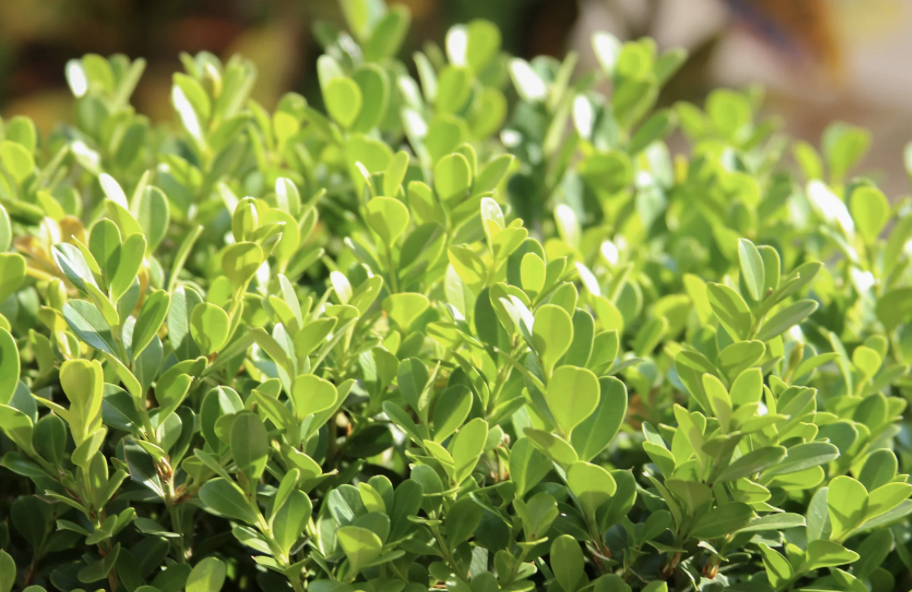
6. Common Boxwood
The Common Boxwood, is also known as “American Buxus.” This variety has over 400 cultivars with a wide range of sizes, forms, and variations in leaf colors. I guess that’s why it is “common”. Please note that some varieties grow quite large, so keep it in mind when planting in a small location.
A full-bodied boxwood well-suited for dense, low hedges. Foliage keeps its rich green color throughout winter. Develops a vigorous, rounded form if not pruned. A wonderful evergreen that will provide year-round, cold-hardy color and structure in the garden.
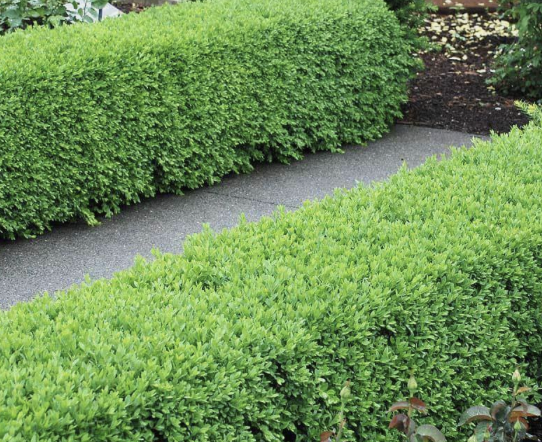
7. Green Velvet Boxwood
A full-bodied boxwood well-suited for dense, low hedges. Foliage keeps its rich green color throughout winter. Develops a vigorous, rounded form if not pruned. A wonderful evergreen that will provide year-round, cold-hardy color and structure in the garden. This variety grows 3-4 feet tall in full sun or part sun.

8. Green Mountain Boxwood
Vibrant and versatile, this evergreen shrub boasts bright green foliage that stays beautiful all winter. With its naturally cone-shaped habit, it’s perfect for topiary or as a stunning accent in containers or formal gardens.
Enjoy this green mountain boxwoods in full or partial sun. When the top 3 inches of soil are dry, it’s time to water.
As far as it’s blooms (blooms may be inconspicuous), the foliage is the true prize. In its natural form, it grows to 5 ft. Tall and 3 ft. Wide.
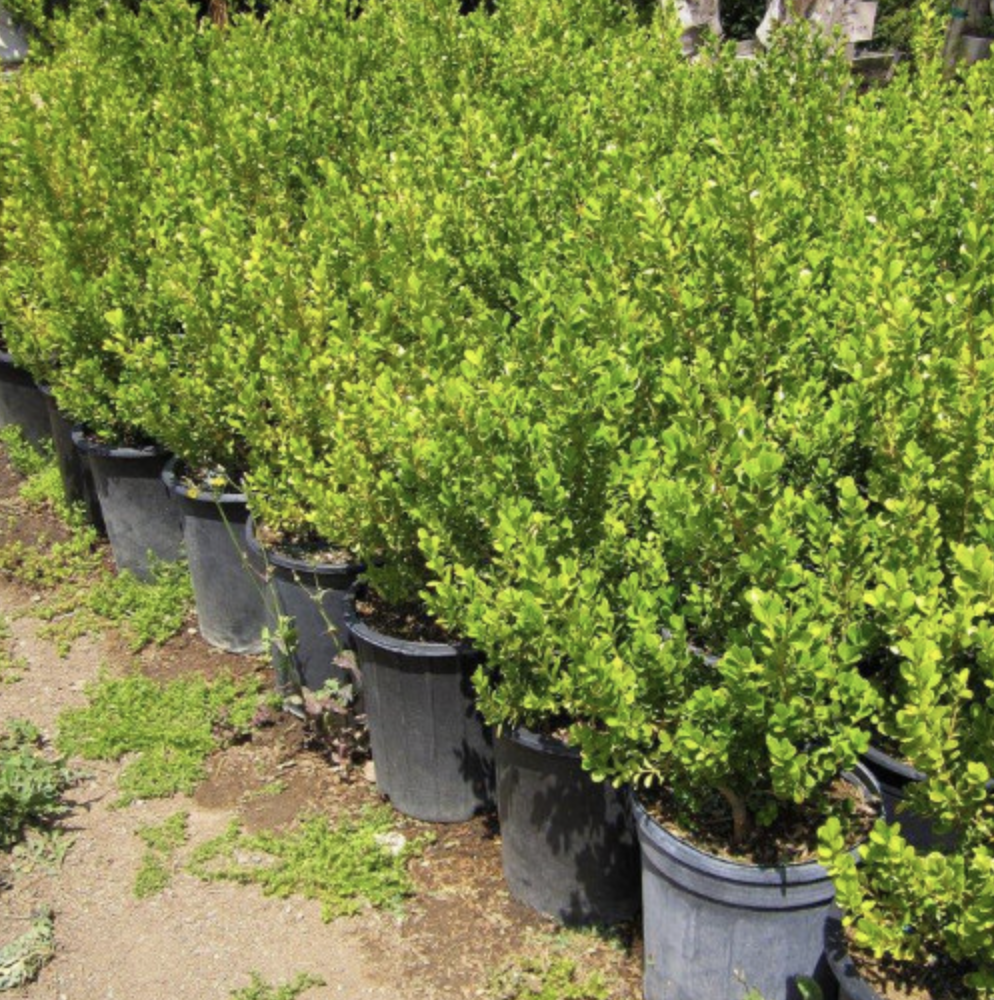
9. The Japanese Boxwood, Buxus Microphylla
Japanese Boxwood is a broadleaf evergreen shrub used to provide year-round interest and appeal to landscapes. These shrubs are low maintenance, which makes them extremely popular in the south.
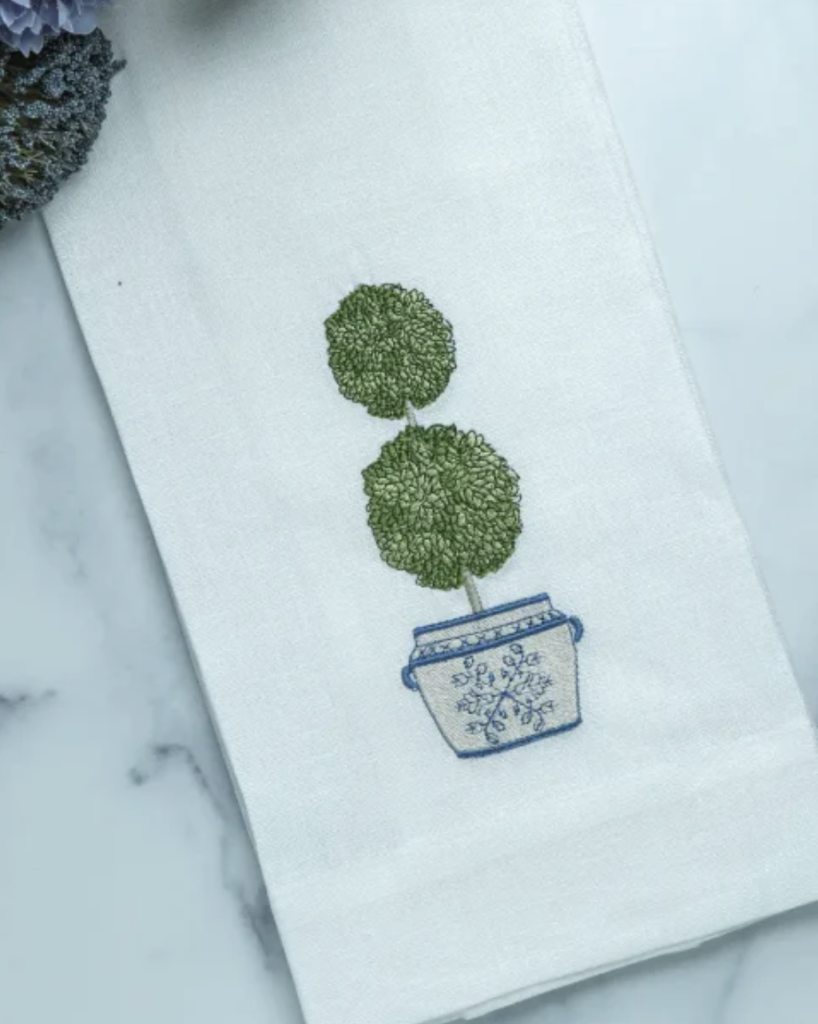
Plant singly as a specimen or as a superior privacy hedge. Many gardeners grow these in a garden planter for in all four seasons.
This plant is native to Japan and Taiwan. It is sometimes known as a “little leaf box“.
If grown in full sun, the Japanese boxwood leaves may turn red instead of green.

10. Green Beauty Boxwood
Most of the boxwood shrubs are cold-resistant. This one can withstand heat and humidity. The Green Beauty Boxwood is one sturdy dude.
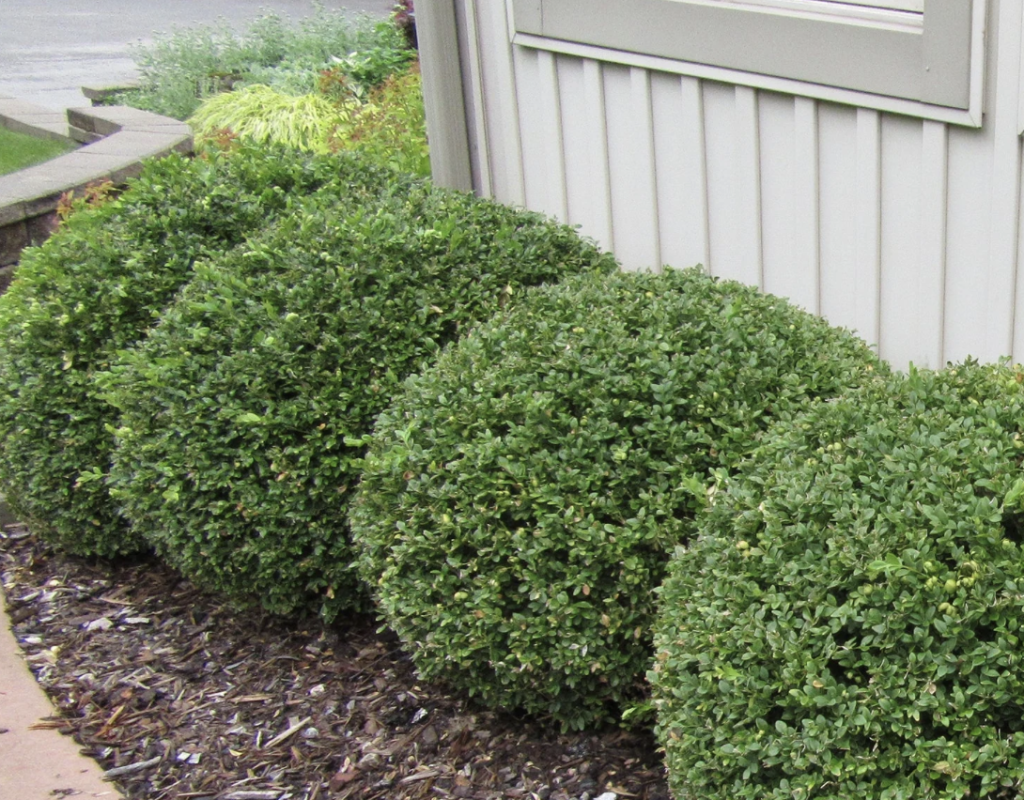
11. Green Gem Boxwood
Green Gem Boxwood Green Gem is one of the popular hybrid varieties of boxwood shrubs. The roots have little depth. It’s recomended to grow them separately. If they grow alongside companion plants, their growth might be hindered.
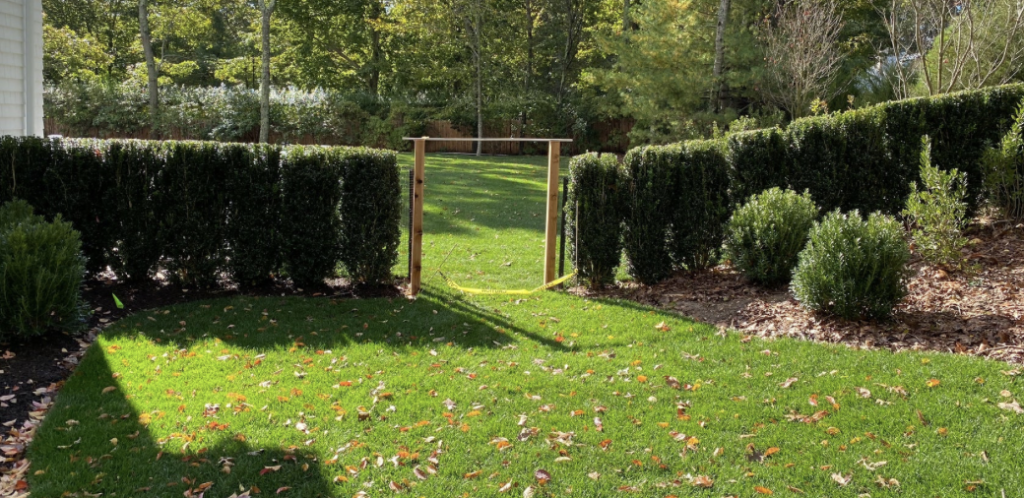
12. Buxus sempervirens ‘Dee Runk’
Dee Runk Boxwood
‘Dee Runk’ is an excellent upright cultivar with a naturally vertical habit. With some pruning, it can be a tight conical shape. It will develop a broader columnar habit with little to no pruning. Use as an excellent choice for narrow hedges or accenting a door or corner. Deer resistant. Fast to medium growth rate; 3″-6″ per year
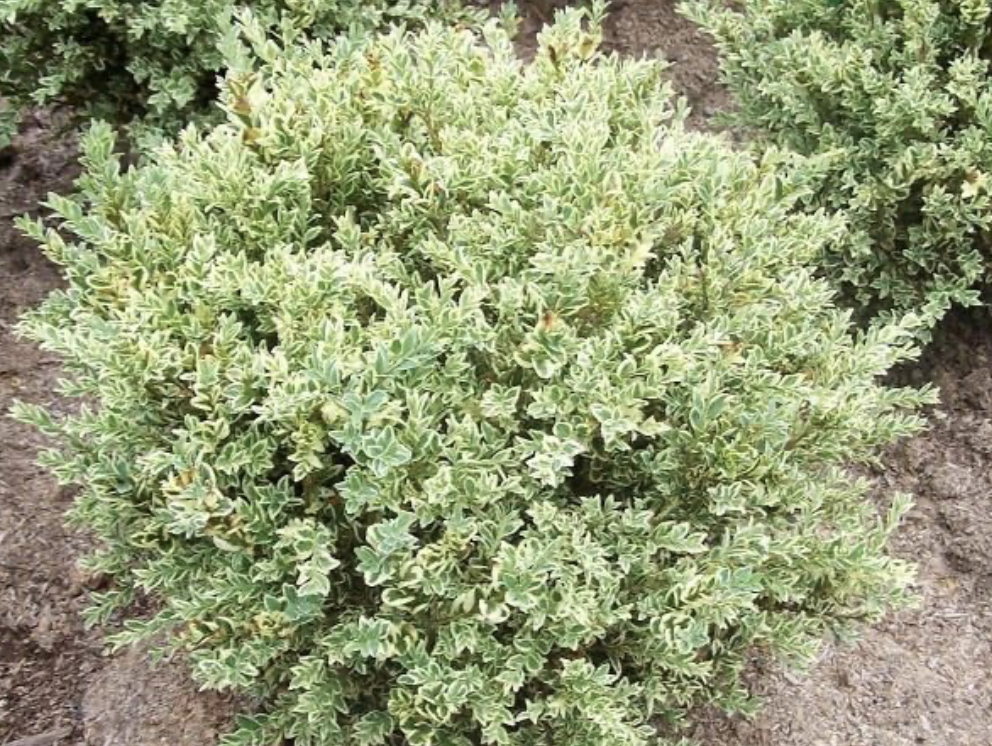
13. Variegated Boxwood (Buxus sempervirens ‘Variegata’)
The variegated boxwood boasts lush dark green leaves adorned with borders of light yellow to cream. This provides a striking presence in any landscape. Its dense foliage provides excellent coverage, effectively concealing anything you wish to hide.
Perfectly suited for yards of all sizes, this compact shrub reaches a mature height and width of approximately five feet. This shrub is very adaptable.
This boxwood is tolerant to deer, rabbits, and pollution. It’s also resilient against other pests and diseases. This shrub is an ideal choice for both experienced and novice gardeners.
Thriving in full sun to part shade, the Variegated Boxwood adapts well to various well-draining soil types. Once established, it’s very drought tolerant.
It’s recommended to water this boxwood once a week during dry spells, including the winter season.
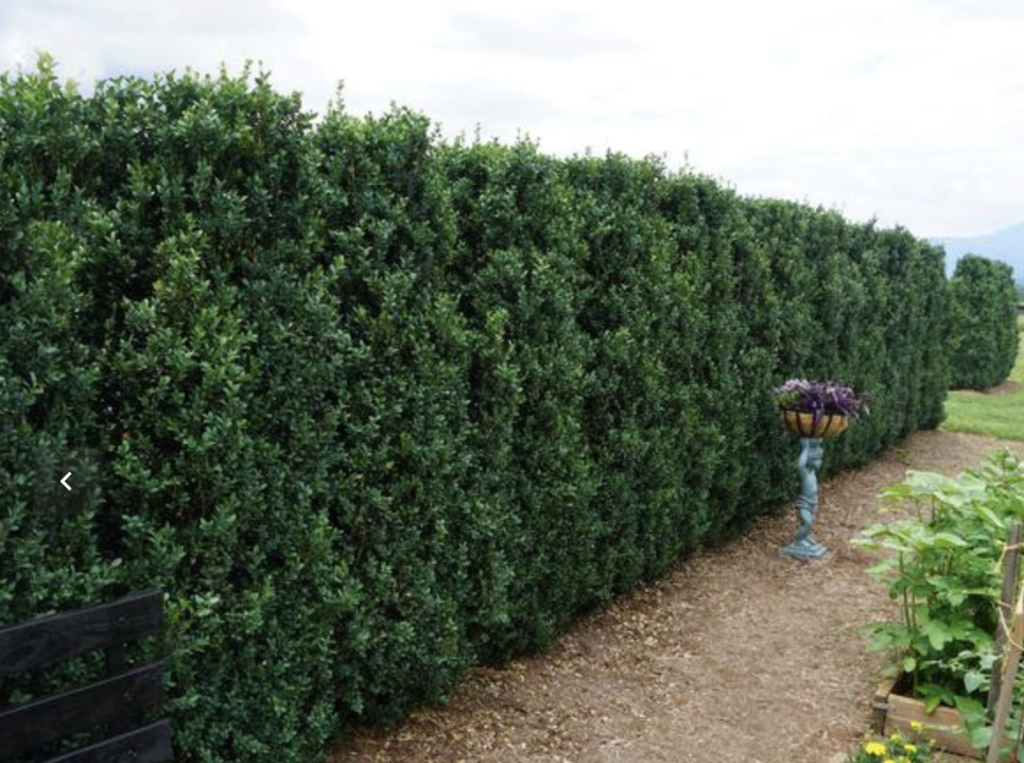
14. Fastigiata Boxwood
Fastigiata’ is a narrow conical form of English boxwood. It will eventually grow to 12′ tall and 5′ wide unless pruned shorter. Habit is more tree-like than most other boxwoods.
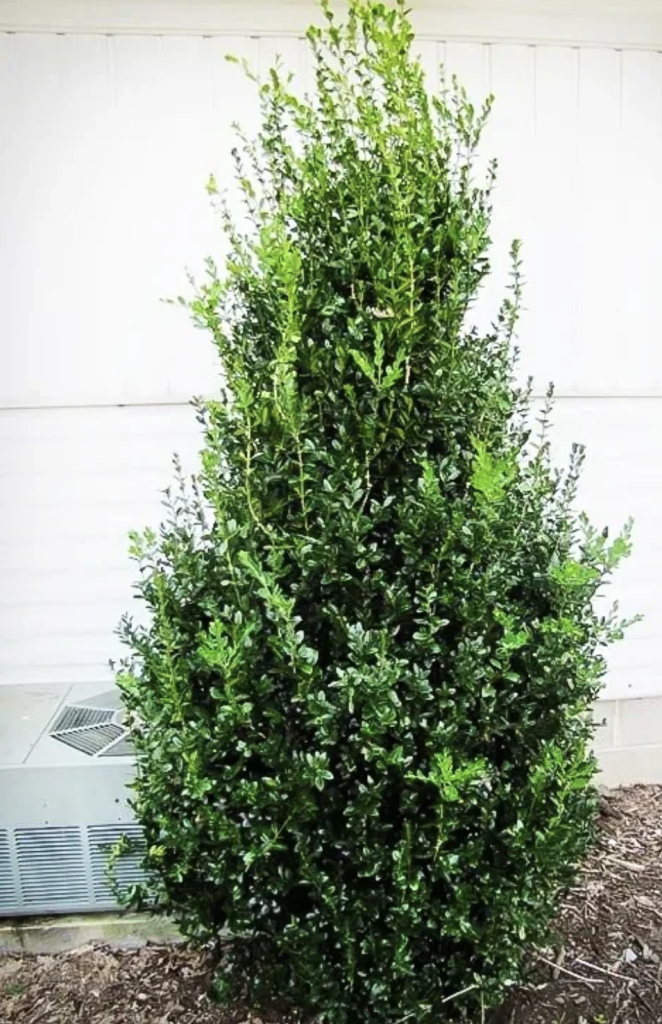
15. The Highlander Boxwood
The Highlander Boxwood is probably the fastest growing English boxwood available. It is known to reach 30 inches a year exceptionally, and growing 24 inches a year under ordinary circumstances.
It makes taller hedges possible within a few years. These hedges normally reach five feet tall and three feet wide within five years. It is considered to be a tree boxwood.
Dwarf Boxwood Varieties
Use them as natural ground cover, create low borders, or shape them into beautiful hedges and containers.
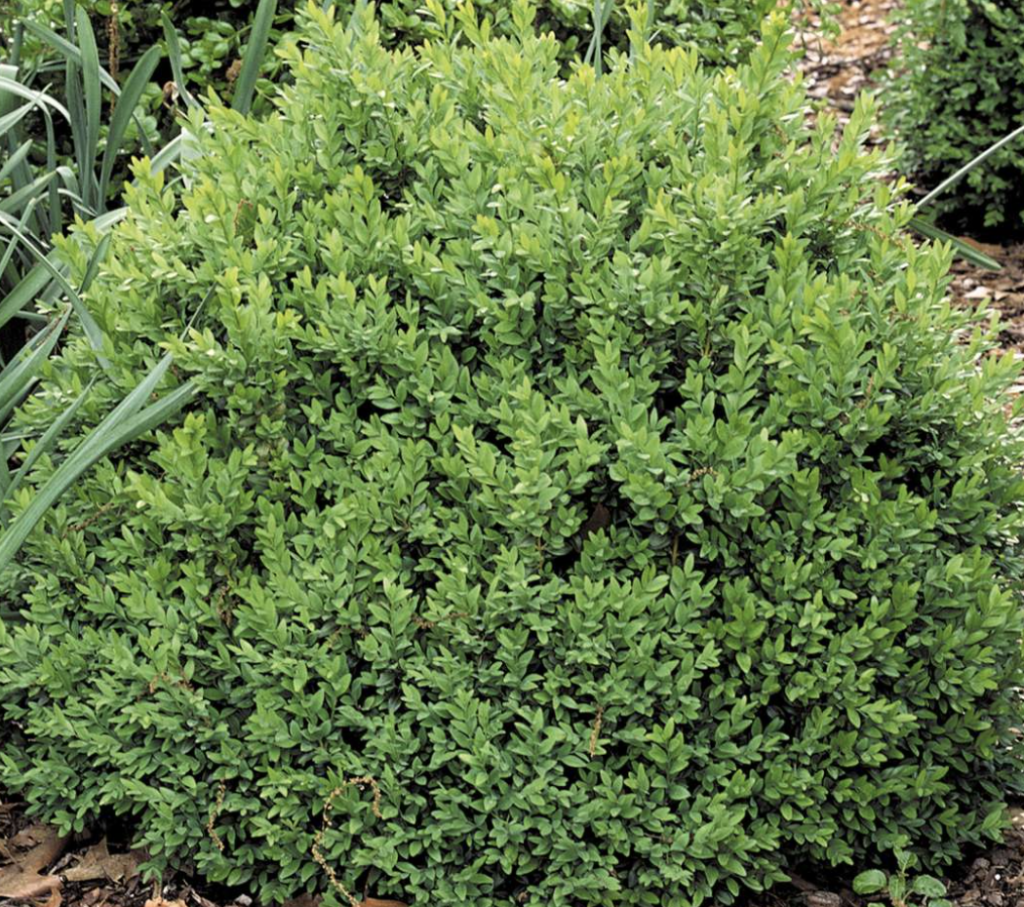
16. North Star Boxwood
These short boxwoods stand out at 2 to 2.5 feet tall. This is a new variety of boxwood and is cold-hardy. The dense green globe requires little if any pruning to form a low, dense, thick hedge. Shiny dark green leaves maintain good winter color. Use North Star boxwood as a low-growing hedge, or even to create the borders of a formal herb garden.
17. Baby Gem Boxwood
The Baby Gem™ Boxwood is a dwarf boxwood you will enjoy all year around. Its petite size works well in a container or a low hedge or border. This hardy boxwood doesn’t bronze like other varieties. Sit back and enjoy the perfect, vibrant green shrubs all year!
18. Wedding Ring Boxwood
The wedding ring boxwood has glossy foliage and lime-colored edges. Looking for compact charm? Love this one!
19. Green Pillow Boxwood Shrub
This boxwood variety is ideal if you are looking for a shrub that only reaches a foot in height. These delightful dwarf varieties thrive in zones 5 through 8, bringing beauty and character to your outdoor space.
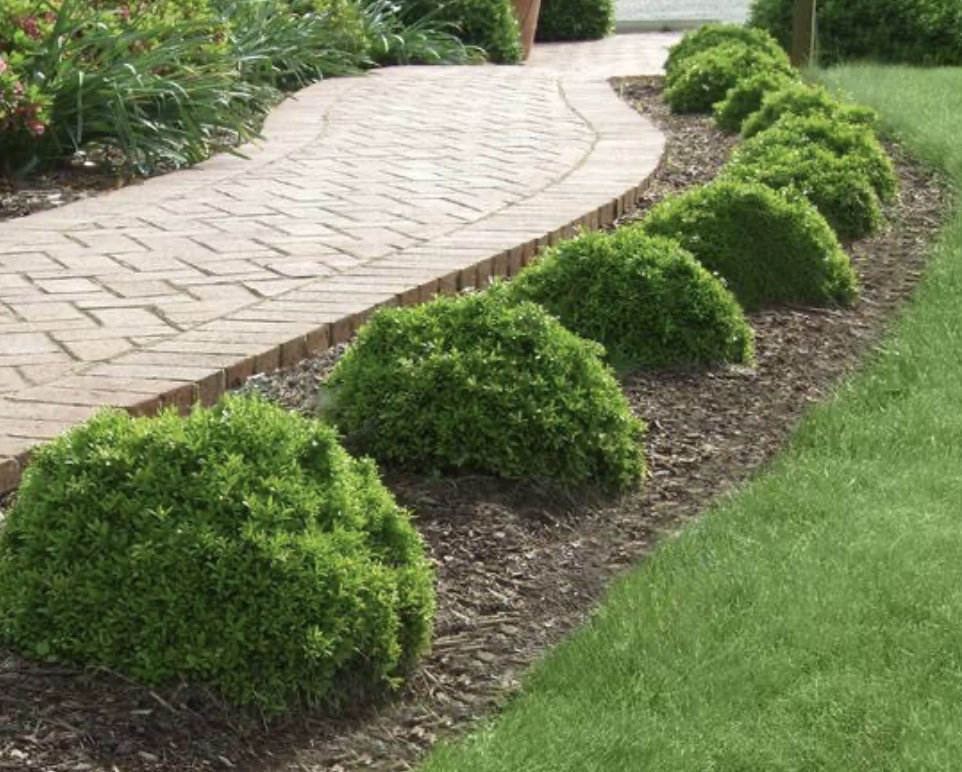
20. Grace Hendrick Phillips
Grace Hendrick Phillips’ mounds perfectly and spreads very much like some of the dwarf Japanese hollies. This shrub grows very slow and will last generation after generation.
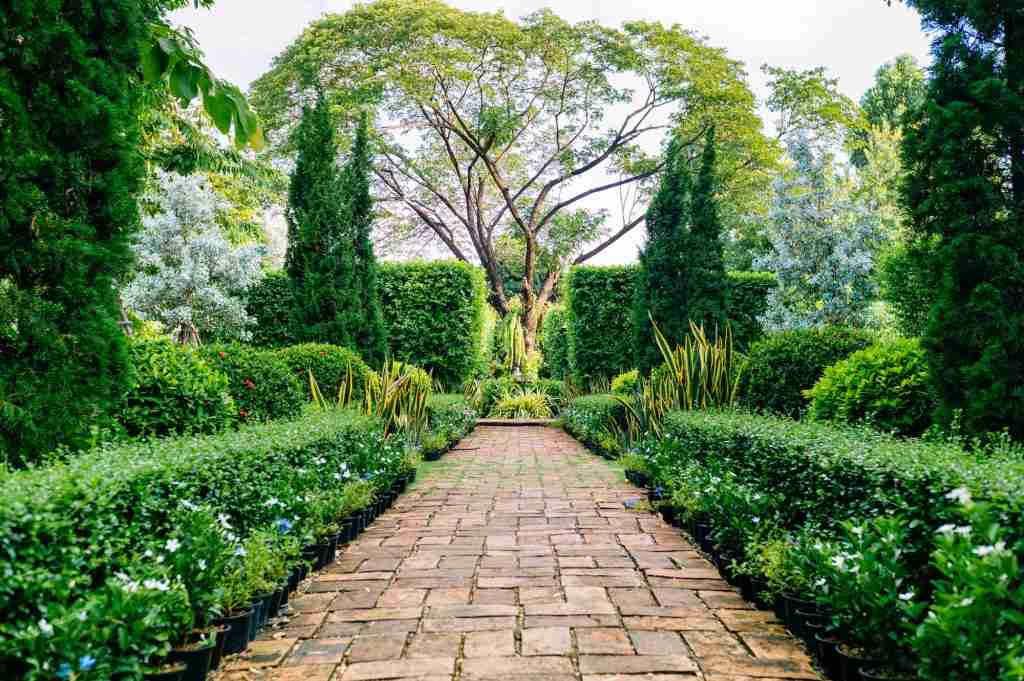
The Benefit Of Landscape Design With Boxwood Shrubs
Versatility of Boxwoods
Boxwood shrubs come in various shapes, sizes, and growth habits, making them highly versatile in landscape design. These evergreen shrubs are pruned and shaped into formal hedges, topiaries, and geometric patterns, or used as individual specimens. The dense foliage makes them suitable for creating privacy screens or defining garden borders.
Compact Shrubs
Boxwood shrubs have a compact and dense growth habit. This makes them well-suited for creating neat and well-defined landscaping elements. The tight growth habit allows them to be easily shaped and maintained to fit specific landscape designs.
Low Maintenance Shrubs
Boxwood shrubs are low maintenance compared to many other landscaping plants. They have a slow to moderate growth rate, requiring less frequent pruning. They are also drought-tolerant once established, and their dense foliage helps suppress weed growth, reducing the need for frequent weeding.
Design Cohesion With Boxwoods
Boxwood shrubs can provide a sense of cohesion and structure to a landscape design. Their neat, formal appearance can help anchor other plantings and create a unified look in the garden. Which is why boxwoods work well in both traditional and contemporary garden styles. The shrubs add a touch of elegance and symmetry.
Consider adding various types of hydrangeas to your boxwood garden design. It’s a classic look.
Long Lasting Beauty Of Boxwood Shrubs
These shrubs are known for their longevity, with some varieties living for several decades. Their ability to endure and thrive over time makes them a valuable investment in landscape design.
Evergreen Boxwood Shrubs
One of the primary advantages of boxwood shrubs is their ability to maintain their lush green evergreen foliage throughout the year. This provides consistent color and structure to the landscape even in colder seasons.
This hedging boxwood look is timeless and it works in all sort of boxwood varieties. If you don’t like the hedge look, simple plant the boxwood plants 12-15 inches apart.
Boxwood plants pair well with so many stunning shade garden perennials as well as annuals.
Most Frequently Asked Questions About Boxwoods:
What are the best conditions for growing boxwoods?
- Boxwoods thrive in well-drained soil with partial to full sunlight. They prefer slightly acidic soil conditions and benefit from regular watering, especially during hot and dry periods.
How do I properly care for and maintain boxwoods?
- Proper care for boxwoods includes regular pruning to maintain shape, mulching to retain moisture, and fertilizing in the spring with a balanced fertilizer. Additionally, monitoring for pests and diseases and addressing any issues promptly is essential for their health.
What are the common pests and diseases that affect boxwoods?
- Common pests include boxwood leafminers, boxwood mites, and boxwood psyllids. Diseases such as boxwood blight, root rot, and leaf spot can also affect boxwoods.
- Purchase boxwood plants from reputable nurseries that participate in a boxwood blight compliance agreement. Boxwood blight is a common disease for boxwoods.
How do I determine the right size and variety of boxwoods for my landscaping needs?
- Consider factors such as the desired height and width, growth rate, and location (sun or shade) when choosing boxwoods for landscaping. Research different varieties to find one that suits your specific requirements.
Can boxwoods be trimmed into different shapes, and if so, how?
- Yes, boxwoods can be pruned into various shapes, including spheres, cones, and hedges. Use sharp pruning shears and trim lightly to maintain the desired shape, avoiding heavy pruning in late summer or fall.
Are boxwoods suitable for both sun and shade?
- While boxwoods prefer partial to full sunlight, certain varieties can tolerate shade. However, boxwoods grown in full shade may have less dense foliage and slower growth rates.
How often should I water my boxwoods?
- Water boxwoods deeply and regularly, especially during dry periods. Aim to keep the soil consistently moist but not waterlogged. Mulching can help retain moisture in the soil.
When is the best time to plant boxwoods?
- The best time to plant boxwoods is in the spring or fall when temperatures are moderate. Avoid planting during extreme heat or cold, as this can stress the plants.
How can I tell if my boxwoods are healthy?
- Healthy boxwoods have vibrant green foliage no matter the boxwood type. Dense growth, and no signs of discoloration, pests, or diseases. Regularly inspect your boxwoods for any abnormalities and address issues promptly. This includes the pesky boxwood leaf miner.
What are some landscaping ideas incorporating boxwoods?
- Types of boxwood bushes can be used in various landscaping designs, including formal gardens, hedges, borders, and topiaries. They also make excellent container plants for patios and entryways.


